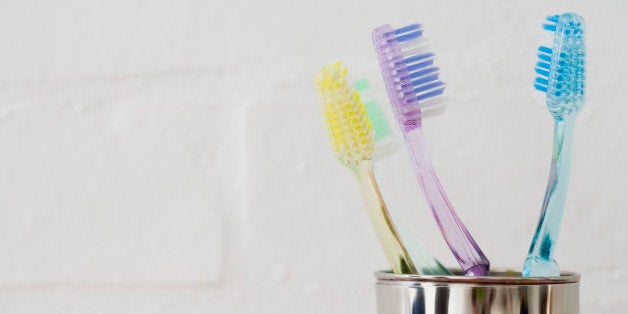
SPECIAL FROM Grandparents.com
You expect germs to lurk in the obvious places—the toilet bowl, the trashcans, the floors. But there’s a slew of stuff in your day-to-day life that can harbor millions of bacteria and viruses. While most of these microbes are harmless to people whose immune systems are operating normally, little kids, who are still building up defenses, and older folks, whose defenses are dwindling, are susceptible. And anyone can get sick from the really bad bacteria like E. coli and salmonella, which can multiply in minutes.
Washing your hands often—and teaching your grandkids how to do it properly—is your first line of defense. The other? Learning how to keep these seven germy items clean.
Advertisement
1
Your cell phone

LDProd via Getty Images
About 75 percent of cell phone owners think nothing of using their phones into the bathroom, according to a recent survey—texting, talking, and emailing just as they would in any other room. If you’re one of them, there’s an excellent chance your phone has poop on it. Even if you wash your hands every time you use the bathroom, you probably don’t clean your phone. Instead, you slip it into your pocket or bag or set it down on the kitchen counter, your desk, or nightstand, contaminating those surfaces (and your hands again) with fecal matter, says Donna M. Duberg, M.A., M.S., an assistant professor of clinical laboratory science at Saint Louis University. The same holds true for tablets—if you read the Kindle on the john, it’s probably got E.coli, the bacteria found in feces.
Germ-buster: If the phone or tablet is your constant companion, then swab it down with a disinfectant wipe after every trip to the bathroom.
Germ-buster: If the phone or tablet is your constant companion, then swab it down with a disinfectant wipe after every trip to the bathroom.
2
Your grandchild's lovey
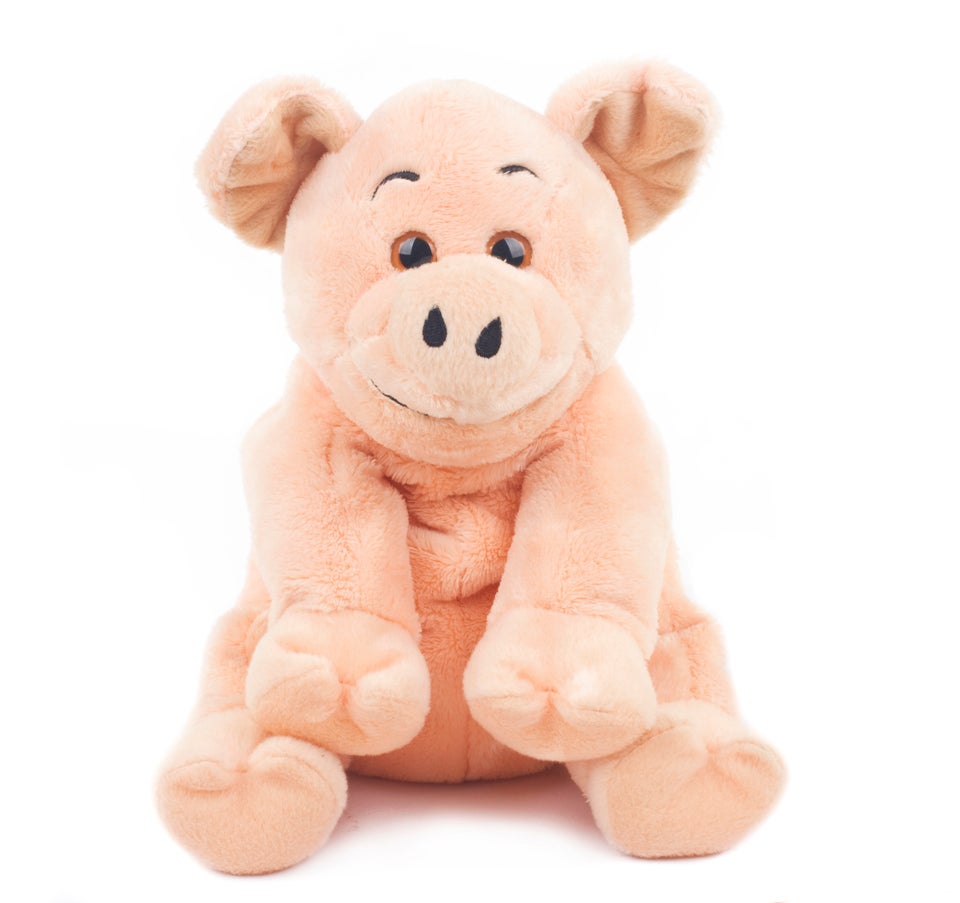
Tomasz Borucki via Getty Images
Any toy can be a safe haven for bacteria and viruses, especially ones that are shared by a lot of kids. But the germiest toy is the one your grandchild loves best. “Loveys are a schoolbus for germs,” says Benjamin Tanner, Ph.D., a microbiologist and founder of the Antimicrobial Test Laboratories in Texas. “Kids carry them everywhere.” Not only is it picking up bugs from countless encounters with the floor, sidewalk, and playground, it’s also been coughed and sneezed on—and probably used as a snot rag.
Germ-buster: Washing your grandbaby’s beloved stuffed animal or blanket is the best solution. And you don’t even have to launder it that often: It’s harder for people to pick up germs from fabric toys, says Tanner. For plastic playthings, which are better transmitters of bacteria, Tanner recommends disinfecting them with an antibacterial wipe halfway through your grandchild’s visit. That’ll kill the surface germs while you’re both playing—the rest will die off in between visits.
Germ-buster: Washing your grandbaby’s beloved stuffed animal or blanket is the best solution. And you don’t even have to launder it that often: It’s harder for people to pick up germs from fabric toys, says Tanner. For plastic playthings, which are better transmitters of bacteria, Tanner recommends disinfecting them with an antibacterial wipe halfway through your grandchild’s visit. That’ll kill the surface germs while you’re both playing—the rest will die off in between visits.
3
Your handbag
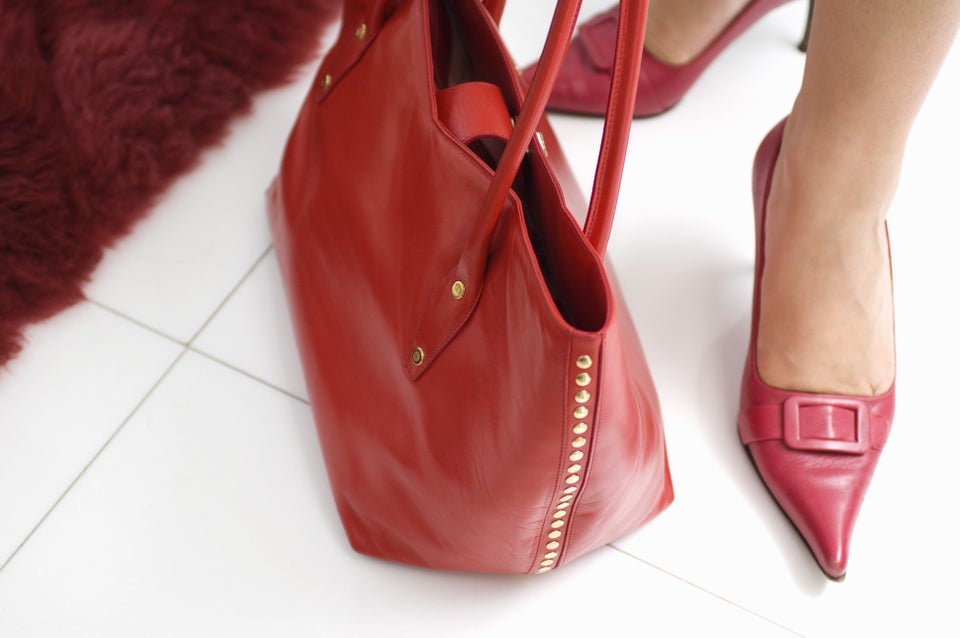
Jupiterimages via Getty Images
You carry your purse everywhere, so there’s also a chance that you’re toting around pretty potent bugs, including ones that cause colds and diarrhea. “About a quarter of purses have fecal material on the outside,” says Charles Gerba, Ph.D., a microbiologist and professor at the University of Arizona in Tucson. The reason purses are such breeding grounds for bacteria: “We put them on the floor in restrooms, restaurants, and offices—and then come home and set them down on the kitchen counter or table. Plus, we don’t think of cleaning them, and when we do, we don’t know how,” says Duberg.
Germ-buster: Wash your hands after touching your bag (or at least squirt on hand sanitizer), suggests Duberg. And don’t be afraid to clean your purse. You can wash it with warm water and mild soap like Ivory. Rinse it off thoroughly, and then let dry. If it’s leather, use polish or conditioner to restore the shine.
Germ-buster: Wash your hands after touching your bag (or at least squirt on hand sanitizer), suggests Duberg. And don’t be afraid to clean your purse. You can wash it with warm water and mild soap like Ivory. Rinse it off thoroughly, and then let dry. If it’s leather, use polish or conditioner to restore the shine.
Advertisement
4
Your car
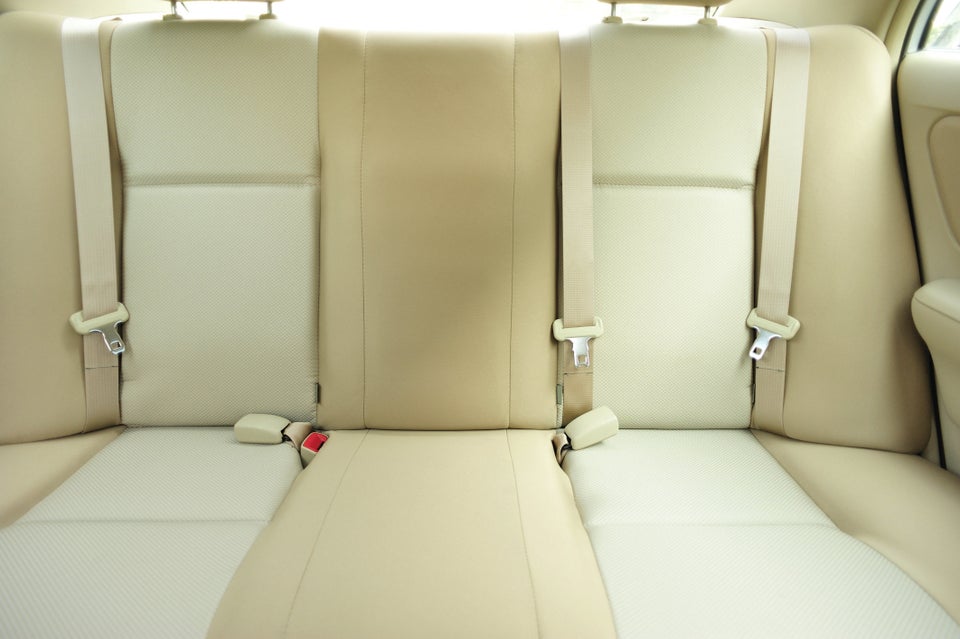
fatchoi via Getty Images
Do your grandkids snack in the car? Unless you clean out the leftover cracker crumbs, crumpled juice boxes, and soda spills every single time, your car is teeming with bacteria. Besides leftover foods and drinks, other top spots for germs include the steering wheel, dashboard knobs, door handles, and cup holders, says Duberg. What turns cars into such germ zones? People don’t wash their hands before they climb into them—and they rarely disinfect all the places they touch while they’re in there.
Germ-buster: Make a habit of swabbing the steering wheel, cup holder, dashboard, and handles with a disinfecting wipe. That will get rid of most of the germs. Be more diligent before your youngest grandkids get in the car, and really saturate surfaces with wipes to kill off powerful germs. Don’t be frugal: If a wipe starts to dry out while you’re cleaning, toss it, and continue the job with a new one.
Germ-buster: Make a habit of swabbing the steering wheel, cup holder, dashboard, and handles with a disinfecting wipe. That will get rid of most of the germs. Be more diligent before your youngest grandkids get in the car, and really saturate surfaces with wipes to kill off powerful germs. Don’t be frugal: If a wipe starts to dry out while you’re cleaning, toss it, and continue the job with a new one.
5
Your coffee maker
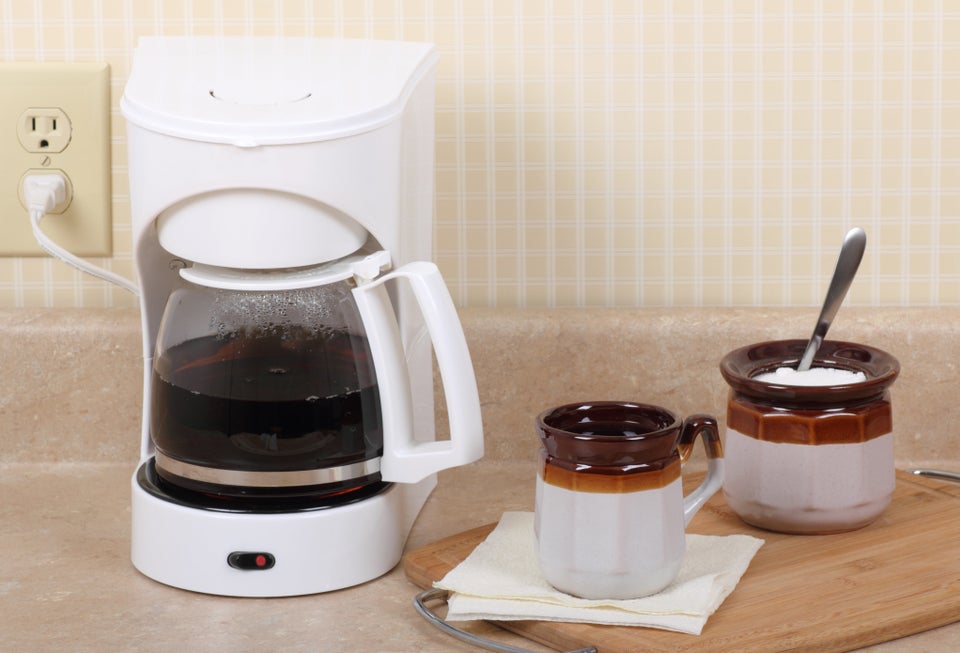
shutterstock
When it comes to harboring harmful microbes, kitchens are worse than bathrooms, say experts. And though the sponge and sink take top prize for prime bacteria breeding grounds, the reservoir of a coffee maker isn’t that far behind, according to a study from NSF International, a nonprofit health and safety organization based in Ann Arbor, Michigan. No wonder: It’s dark and damp and rarely, if ever, cleaned, making it the perfect place for bacteria, mold, and mildew to grow. Other hot spots include the refrigerator handle, stove knobs, and cabinet handles—all the places you touch after touching raw meats and produce.
Germ-buster: The NSF recommends putting up to four cups of vinegar in the coffeemaker reservoir, letting it stand for 30 minutes, then running the vinegar through the unit. Follow up with two or three cycles of water to get rid of the smell. And do this monthly. As for other surfaces, spray them with a bleach solution (one part bleach to nine parts water), and then wipe them down.
Germ-buster: The NSF recommends putting up to four cups of vinegar in the coffeemaker reservoir, letting it stand for 30 minutes, then running the vinegar through the unit. Follow up with two or three cycles of water to get rid of the smell. And do this monthly. As for other surfaces, spray them with a bleach solution (one part bleach to nine parts water), and then wipe them down.
6
Your grandchild's soccer ball
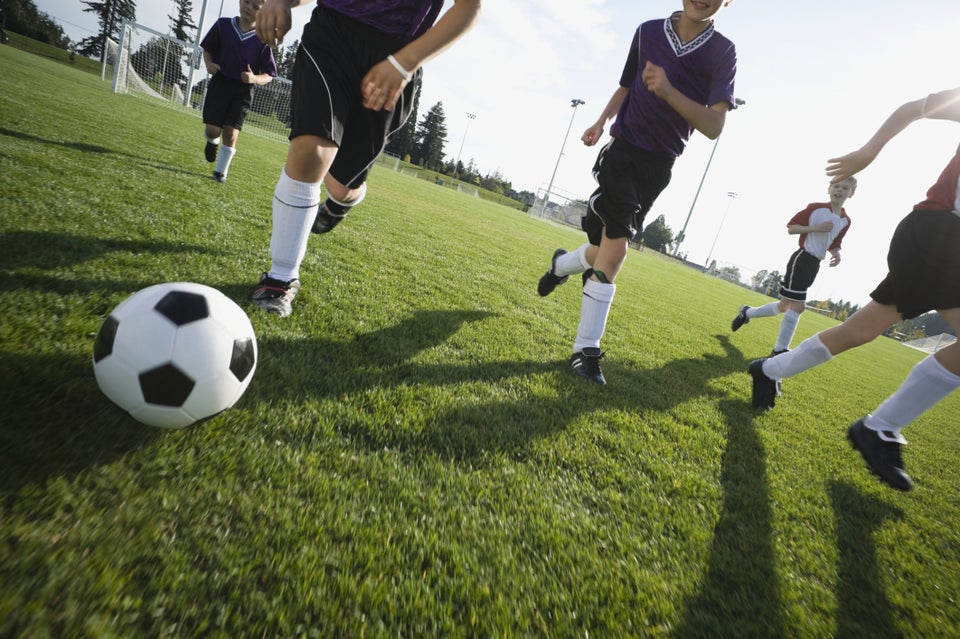
Tetra Images - Erik Isakson via Getty Images
f a ball goes outside, it’s bound to pick up bits of dog poop, according to Gerba. And hardly anyone thinks to clean it after you and the grandkids have finished kicking it around.
Germ-buster: While bleach solutions wipe out pathogens, bleach is bad for kids and pets unless you rinse it off with water after surfaces dry, says Duberg. A kid-friendlier option: Mix one part 10-percent distilled white vinegar to nine parts water and use that to clean things before the grandkids come over.
Germ-buster: While bleach solutions wipe out pathogens, bleach is bad for kids and pets unless you rinse it off with water after surfaces dry, says Duberg. A kid-friendlier option: Mix one part 10-percent distilled white vinegar to nine parts water and use that to clean things before the grandkids come over.
Advertisement
7
Your toothbrush holder
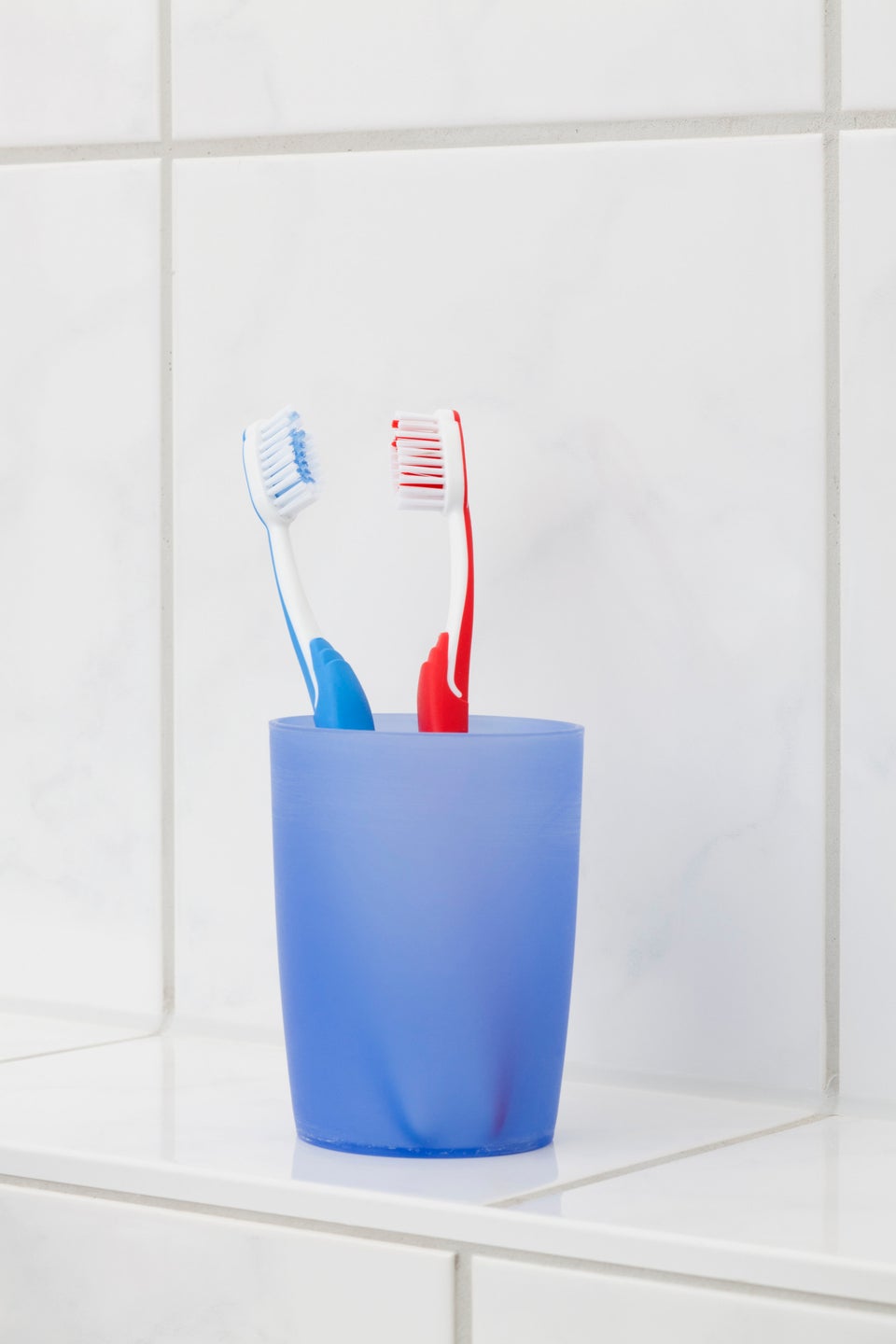
Epoxydude via Getty Images
You’d think the toilet seat would be the spot in the bathroom teeming with the most bacteria, but actually it’s the toothbrush holder, according to the NSF study. One reason: the millions of organisms that shoot into the air every time you flush the toilet with the lid open—and then land on the toothbrush holder, toothbrushes, faucets, and towels.
Germ-buster: Shut the lid of the toilet before you flush. But if that’s a tough habit to get into, then keep your toothbrushes, along with the holder, behind closed medicine-cabinet doors, says Duberg. The NSF also recommends putting the toothbrush holder in the dishwasher once or twice a week.
Germ-buster: Shut the lid of the toilet before you flush. But if that’s a tough habit to get into, then keep your toothbrushes, along with the holder, behind closed medicine-cabinet doors, says Duberg. The NSF also recommends putting the toothbrush holder in the dishwasher once or twice a week.
